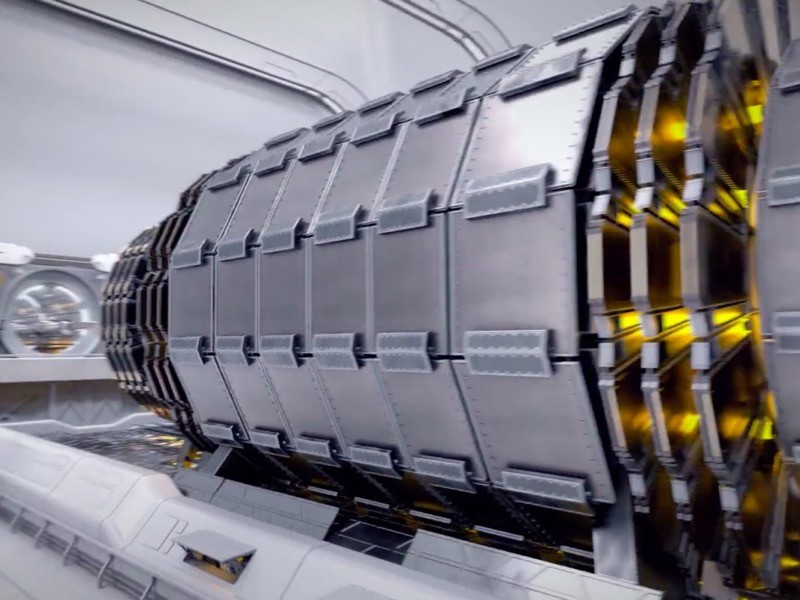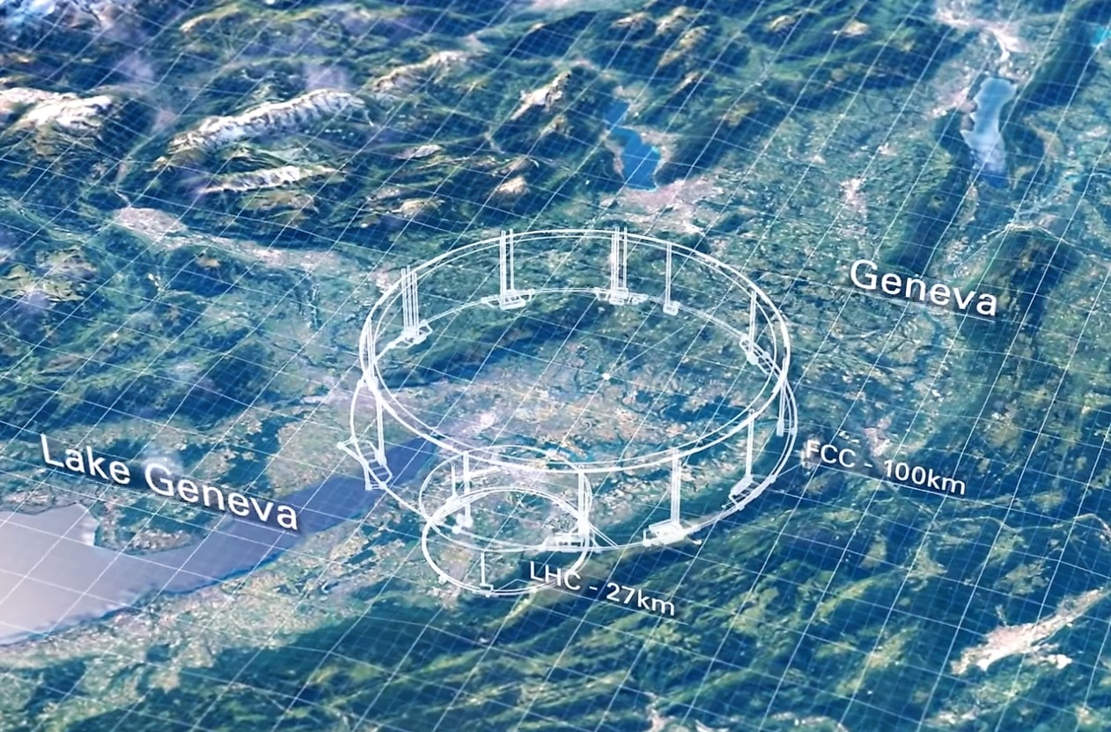

The Collider complex would also host a multipurpose science-technology campus aimed at conducting secondary and supplemental science experiments. China’s bigger collider will ultimately be able to reach higher energy levels than CERN this might help physicists discover a new range of particles beyond those already charted in the Standard Model of Particle Physics.Īrkani-Hamed says that a perfect circle-shaped city, hosting the globe’s leaders in experimental particle physics, new-technology firms and other future-oriented scholars and designers, could be created inside the massive Chinese collider complex.



Physicists aim to explore the origins of matter, energy, and space-time. This process hopes to recreate, inside the accelerator, the hyper-energy conditions that dominated following the Big Bang. The collider complex is initially designed to smash together electrons and their anti-matter counterparts, and later more massive protons, at velocities approaching the speed of light. The new collider research outpost, situated on the Avenue of Eternal Peace in the centre of Beijing, is aiding in the conceptual design that plans to be submitted to China’s top leadership in December, according to Professor Arkani-Hamed, a scholar at Princeton’s Institute for Advanced Study, the one-time home of Albert Einstein. “This machine is by and for the world,” explains Professor Gao Jie, one of the leaders of the project at the Institute of High Energy Physics in Beijing.īeijing plans to speedily expand cooperation between China’s foremost physicists and their European and American counterparts with the new collider. With a circumference of 80 kilometres, the Chinese accelerator complex would encircle the entire island of Manhattan.Ī preliminary conceptual design for this leading-edge particle physics laboratory is now being drafted by China’s elite sphere of physicists, joined by a circle of Western counterparts.Ĭalled the Circular Electron Positron Collider (CEPC), China hopes it will shine as a symbol of the country’s rise as a global superpower in terms of pure scientific research. The underground particle-smashing ring aims to be at least twice the size of the globe’s current leading collider – the Large Hadron Collider (CERN) outside Geneva. Faulkner, Varian-Continental Joe Barton (R), Texas, 6th Dist.Beijing, China – Chinese scientists are racing to complete plans for a supergiant particle collider that, when built, will dwarf every other accelerator on the planet. The second panel addressed the congressional perspective on SSe. The first panel discussed the growing role of industry in accelerator technology. Gilchriese, SSC Central Design Group Robert Hunter, Director, Office of Energy Research, (DOE) Leon Lederman, Director, Fermi National Accelerator Laboratory Roy Schwitters, Director, SSC Laboratory Alvin Trivelpiece, Director, Oak Ridge National Laboratory Gus Voss, DESY Highlights of the symposium included two panel sessions. Director, Texas National Research Laboratory Commission James Decker, Deputy Director, Office of Energy Research, (DOE) Helen Edwards, Fermi National Accelerator Laboratory M. Keynote speakers included: Gerald 'Bachy, CERN Joe Barton, Representative from Texas, 6th Disctrict Ed Bingler, Exec. The award was presented on behalf of the IISSC Board of Directors. Tigner for his meritorious contribution to the Superconducting Supercollider (SSC). A special award was presented to Professor M. all aspects of the SSC including: Magnet Technology Cryogenics Conventional Facilities Technical Systems Detectors Related Accelerator Technology Superconducting Wire/Cable ApproXimately 38% of the presentations addressed superconducting magnet technology, 16% were devoted to detector technology, 10% addressed superconducting wire/ cable, and the balance was equally split between the remaining topics. A total of 110 presentations and addresses were given. A total of 635 people attended this educational forum which was dedicated to further the understanding of the design, construction and operation of the Superconducting Supercollider (SSC).


 0 kommentar(er)
0 kommentar(er)
